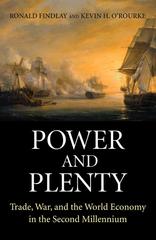Question
1. An economy has expenditure functions as follows:Consumption C = 74.5 + 0.75Yd - 2*r, where disposable income Yd = (1 - 1/3)Y - 10Planned
1. An economy has expenditure functions as follows:Consumption C = 74.5 + 0.75Yd - 2*r, where disposable income Yd = (1 - 1/3)Y - 10Planned Investment Ip = 110 - 5*rGovernment spending G = 43 - rNet exports NX = 30 - 2*r
Let's keep using the setup from question 1.rates are set by policy in this economy, and that policy is countercyclical: as inflation rises, the real interest rate rises. Monetary policy in this economy is set as a function of inflation like so:MP(): r = 3 + 2Where both r and are measured in percentage points, so that =3 means "inflation is three percent"
a. When inflation rises by one point, how does the real interest rate r change?
b. Derive the aggregate demand curve for this economy. That is, take the IS curve from the setup of question 1, and the MP() curve from question 2, and state national output as a function of the rate of inflation.
c. Given that r = 13, what is equilibrium inflation and output?
d. suppose that autonomous consumption now rises by 25, Cfrom 74.5 to 99.5. Monetary policy is held constant. What happens to equilibrium Y and ?Explain, show you work, and draw a graph to illustrate.
Step by Step Solution
There are 3 Steps involved in it
Step: 1

Get Instant Access to Expert-Tailored Solutions
See step-by-step solutions with expert insights and AI powered tools for academic success
Step: 2

Step: 3

Ace Your Homework with AI
Get the answers you need in no time with our AI-driven, step-by-step assistance
Get Started


